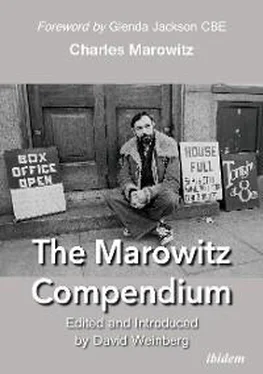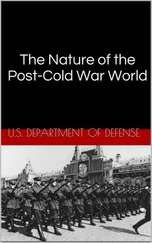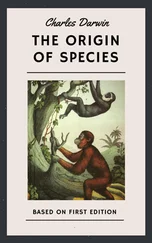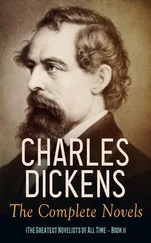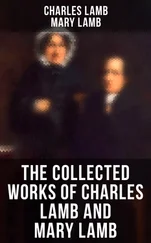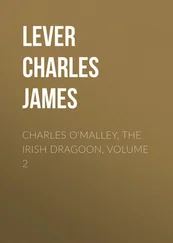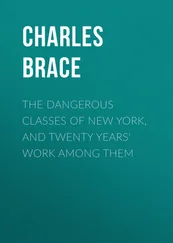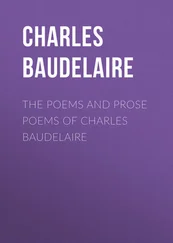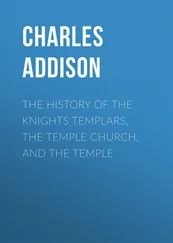Works known as the Marowitz Shakespeare collages which were produced at the Open Space included Hamlet, A Macbeth, An Othello, The Shrew, Measure for Measure, and Variations on the Merchant of Venice (Marowitz 1978: 7–27). Marowitz’s intention in creating these works was primarily to confront the substructure of the plays in an attempt to test or challenge, revoke or destroy the foundations on which classical plays were revered and generally accepted. To accomplish this Marowitz challenged Shakespeare's presentation of theme and character and altered it to suit his own interpretation or intentions. He objected to the reverence with which he believed these plays had been treated and endeavoured to extract something new and pertinent by breaking them into pieces and reassembling them in a particular way (Schiele 2005: 15). Marowitz wanted to create a different vantage point and obtain an inside view of external developments which he believed would potentially alter the entire resonance of the theatrical experience. In challenging the institutionalisation of Shakespeare’s canonical texts Marowitz sought to reinvigorate these works and redirect their potential efficacy within culture and society in parallel with work his colleague Peter Brook was doing about the same time.
In addition to the Shakespeare collages Marowitz also adapted four additional works during his London period. Oscar Wilde's The Critic as Artist, was adapted in 1971 and produced at the Tottenham Court Road space as was George Buchner’s Woyzeck, in 1973. In 1979 Marowitz adapted August Strindberg's The Father, which was performed at the Open Space Euston Road premises, and Hedda, based on Hedda Gabler, in 1980 which was performed at London’s Roundhouse. Marowitz claimed his collage work and adaptations were primarily inspired by the work of William Burroughs whom he cast as President Nixon in Flash Gordon and the Angels, in 1970 (Miles 2010: 293) and again as Judge Hoffman in The Chicago Conspiracy (1971) both at the Open Space. The productions encompassed many different themes but share a common characteristic theme: the struggling individual bound by the strictures of conventional society and isolated from the rest of humankind because of a desire to break free from it.
Both verbal and visual shock tactics were incorporated into performances as an integral part of the means of expression. Simple or bare sets were used to facilitate quick changes, and lighting was the chief means of design, suggesting a different realm or reality from the real world, as in the use of gauze curtains and lighting effects in the Critic as Artist. Such design elements were utilised to remove the audience from the performance scenario by creating a dreamlike quality within the environment. Marowitz created an important and characteristic emphasis on speed. Speed generated a film-like technique in which the production would switch from one visual image to another unexpectedly and without rational explanation. This was intended to expose, through external expression, what was happening in the mind of a particular character as in a Hollywood movie.
Marowitz’s 1971 adaptation of The Critic as Artist, involved the addition of a dramatic scenario in which Oscar Wilde and Lord Alfred Douglas meet for the first time. The adaptation stripped away Wilde’s original prose from the piece, leaving only dialogue. The rationale for this move was to compensate for the fact that Wilde’s original was not intended as a piece of dramatic writing. The set was a Victorian sitting room and green carnations were handed out to the audience as they entered the theatre. Curtains made of gauze surrounded the space and, when lit, became transparent, giving a dreamlike quality to the production. Timothy West played the part of Oscar Wilde and Peter Davies played the role of Lord Alfred Douglas. The production was critically successful and ran for five and a half weeks.
The second original piece by Marowitz to be presented at the Open Space was Artaud at Rodez, in December 1975 (Schiele 2005: 214). Marowitz drew upon information he had gained through research into Artaud’s life and his interviews with Dr. Gaston Ferdiereand, Roger Blin, and Arthur Adamov in 1966. Dr. Ferdiere was the man responsible for Artaud’s electric shock treatments at Rodez where Artaud was hospitalised. The piece shows a man obsessed with a personal vision of what art in the theatre ought to be and who is driven mad by his inability to realise his vision. The play was dramatised as a confrontation between Dr. Ferdiere and Artaud himself. Dr. Ferdiere was portrayed as the personification of conformist values at odds with Artaud who was portrayed as the personification of the artistic temperament.
In 1976 The Open Space moved to temporary premises in a disused post office on Euston Road because the block of Tottenham Court Road where the original Open Space was located had been closed for redevelopment. The company responsible for the redevelopment promised to include plans for a new theatre for the Open Space to occupy on Tottenham Court Road upon completion. This promise helped to influence the Camden Council to approve the demolition, but there was no written agreement and the construction company subsequently failed to honour its spoken agreement (Schiele 2005: 7). This, along with a confluence of other factors, principally including the departure of Holt from the Open Space, led to the dissolution of the Open Space and Marowitz’s subsequent departure from the UK in 1980. During the period at the Open Space Theatre (1968–1979) more than 175 plays were produced. Many writers and directors, such as Sam Shepard and Mike Leigh (Hewison 1986: 204), who started their careers at the Open Space were to go on to have significant influence on the course of theatre history and cinema in subsequent decades.
1981 was the year that Marowitz left Britain and returned to the United States on a permanent basis. In 1981 his Hamlet, was presented at the Los Angeles Actors Theater (now the Los Angeles Theater Center). That production began an association which lasted until 1989. During this period, he was also a theatre critic with the Los Angeles Herald Examiner. While Marowitz was still the artistic director of the Open Space in 1974 there was a playwright who abruptly dropped out of a scheduled production after receiving a more lucrative offer elsewhere. This left the Open Space in the lurch with an imminent vacancy in the schedule looming and with rehearsal scheduled to begin in two-weeks. Thelma Holt suggested that Marowitz come up with something. This initially led to a one act called Sherlock’s Last Case, which after its production in the UK was eventually expanded into a full-length play which was first produced at the LAAT as part of the city’s 1984 summer Olympic festivities and then on Broadway starring Frank Langella in 1987.
He founded a new theatre, the Malibu Stage Company, in 1990 and was its artistic director for a dozen years. In 1991 Marowitz’s most popular and influential book Recycling Shakespeare, was published. In this book Marowitz delves deeply into the collected works, illuminating and interpreting the nature and nuances of the cannon. Marowitz shows how Shakespeare, like so many of his own earlier sources, can be reused, restructured, and recycled for contemporary consumption. While artistic director Marowitz continued to attempt with great difficulty to assemble a permanent company based around the Actors Equity Association’s 99 seat agreement within the Los Angeles area. During this period, he continued to create new works such as Murdering Marlowe, which premiered at the Malibu Stage Company in 2002. The play is a fiction about William Shakespeare’s involvement in a conspiracy to murder Christopher Marlowe.
Unfortunately, the end of Marowitz’s relationship with the company and its board was not amicable. Throughout his life Marowitz was famously involved in arguments both personally and professionally. When considering this aspect of his life it is important to note that this man was at his heart a subversive not unlike Kit Marlowe or Oscar Wilde and the drive to topple the apple cart of tradition, groupthink, and establishment orthodoxy was inextricably linked with who he was at all times.
Читать дальше
